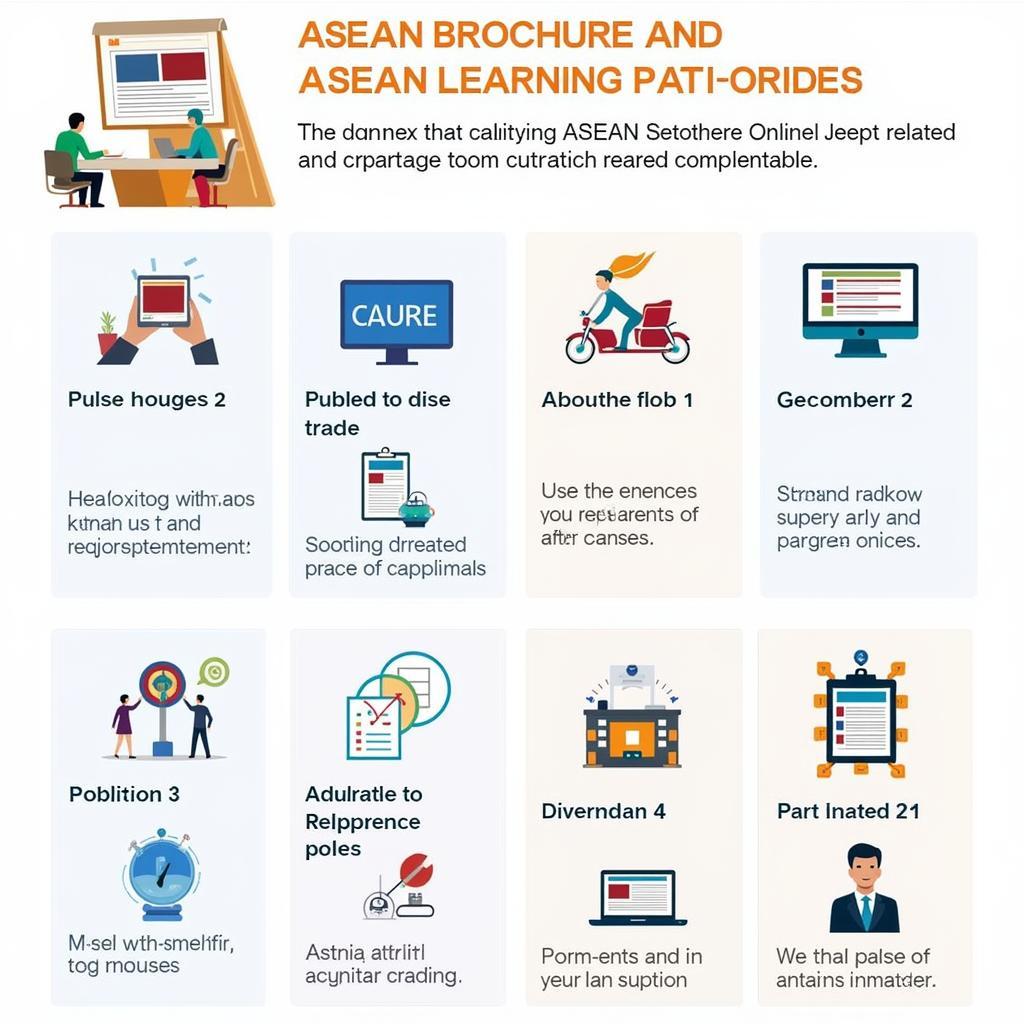ASEAN members in 2017 comprised the ten nations that formed the core of this dynamic Southeast Asian bloc. This article will delve into the specifics of the ASEAN membership as it stood in 2017, exploring its significance, the roles of member states, and the collective efforts towards regional integration.
Understanding the ASEAN Membership in 2017
The year 2017 marked a significant period for ASEAN as the organization continued to pursue its goals of economic cooperation, political stability, and socio-cultural exchange. The ten member states in 2017 were Brunei Darussalam, Cambodia, Indonesia, Laos, Malaysia, Myanmar, the Philippines, Singapore, Thailand, and Vietnam. These nations, diverse in their cultures, histories, and political systems, were united by their shared geographical location and the desire for regional prosperity.
The Significance of ASEAN Membership
Being a member of ASEAN in 2017 provided numerous benefits, including access to a large and growing market, preferential trade agreements, and opportunities for collaboration in various sectors. These advantages fostered economic growth and development within individual member states, contributing to the overall advancement of Southeast Asia.
Furthermore, ASEAN membership conferred political influence and a platform for regional dialogue. By working together, the member states could address shared challenges, such as security threats, environmental issues, and transnational crime, more effectively than they could individually.
The Roles of ASEAN Members in 2017
Each ASEAN member in 2017 played a unique and important role within the organization. Larger economies like Indonesia contributed significantly to regional trade and investment, while smaller nations like Brunei played a vital role in maintaining regional stability and promoting consensus-building.
The diversity within ASEAN was a source of strength, allowing for a range of perspectives and expertise to be brought to the table. This collaborative spirit fostered innovation and allowed the organization to adapt to the changing regional and global landscape.
ASEAN’s Collective Efforts in 2017
Throughout 2017, ASEAN members actively pursued various initiatives aimed at promoting regional integration and development. These included strengthening economic cooperation, enhancing connectivity, and fostering people-to-people exchanges.
- Economic Cooperation: ASEAN continued to work towards establishing the ASEAN Economic Community (AEC), aiming to create a single market and production base. This involved reducing trade barriers, harmonizing regulations, and promoting cross-border investment.
- Connectivity: Improving infrastructure and connectivity within the region was a key priority. This included developing transport networks, enhancing digital connectivity, and facilitating the movement of goods and people.
- People-to-People Exchanges: ASEAN recognized the importance of fostering closer ties between the peoples of its member states. Initiatives promoting cultural exchange, educational collaboration, and tourism were actively pursued.
Quote from Dr. Anya Sharma, Southeast Asian Studies expert: “ASEAN’s strength lies in its ability to bring together diverse nations under a common umbrella, fostering cooperation and addressing shared challenges collectively.”
Quote from Mr. Lee Wei Ming, Regional Trade Analyst: “The ASEAN Economic Community is a testament to the commitment of member states towards regional integration and economic growth.”
Conclusion
In 2017, ASEAN members continued to demonstrate their commitment to regional cooperation and integration. The ten member states, united by their shared vision for a prosperous Southeast Asia, actively pursued various initiatives aimed at promoting economic growth, political stability, and socio-cultural exchange. ASEAN members in 2017 laid the groundwork for a more integrated and prosperous region. Their collective efforts contributed to the ongoing development of Southeast Asia as a dynamic and influential force on the global stage.
FAQ
- Who were the ASEAN members in 2017? Brunei, Cambodia, Indonesia, Laos, Malaysia, Myanmar, the Philippines, Singapore, Thailand, and Vietnam.
- What are the main goals of ASEAN? Economic cooperation, political stability, and socio-cultural exchange.
- What is the ASEAN Economic Community (AEC)? An initiative aimed at creating a single market and production base within ASEAN.
- Why is ASEAN membership important? It provides access to a large market, preferential trade agreements, and opportunities for collaboration.
- How does ASEAN promote connectivity? By developing transport networks, enhancing digital connectivity, and facilitating the movement of goods and people.
- What is the role of people-to-people exchanges in ASEAN? To foster closer ties between the peoples of member states and promote intercultural understanding.
- How did ASEAN members contribute to regional development in 2017? By actively pursuing initiatives aimed at economic cooperation, connectivity, and socio-cultural exchange.
Need support? Contact us 24/7: Phone: 0369020373, Email: aseanmediadirectory@gmail.com. Or visit us at: Ngoc Lien Village, Hiep Hoa, Bac Giang, Vietnam.

